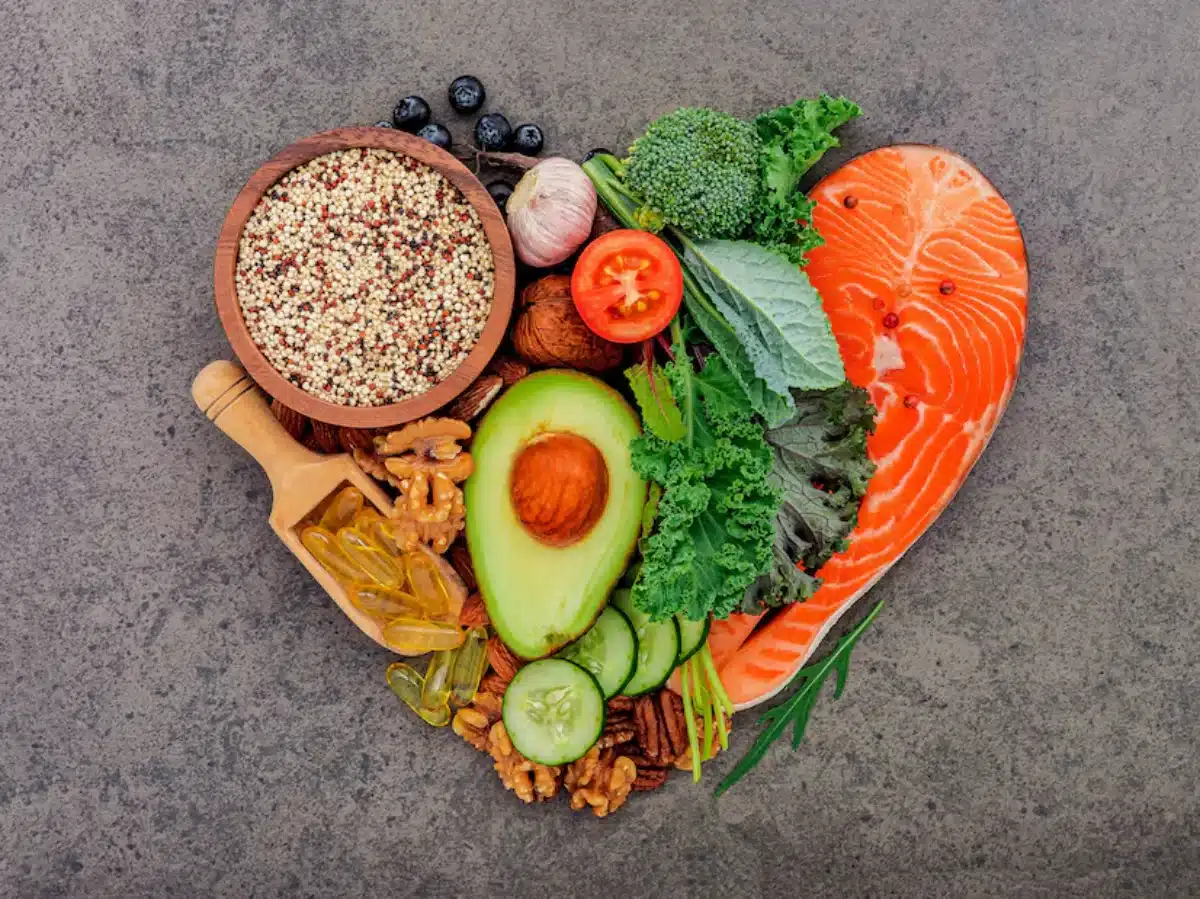
The Best Balanced Diet for a Healthy Lifestyle
She also shares healthy recipes and nutrition tips for families with young children. It offers vital nutrients, enhances well-being and reduces the danger of chronic conditions, including heart disease and diabetes. Given so much conflicting advice, it can be hard to know where to begin.
This guide will show you the principles of a balanced diet, practical tips, meal ideas and expert insights. This guide is designed to help you with that, whether you’re trying to eat better, stay on course with your weight, or feel more energized.

What is a Balanced Diet?
A healthy diet is a variety of healthy foods that provide your body with the nutrients. That includes macronutrients, such as carbohydrates, proteins and fats, and micronutrients, like vitamins and minerals. They provide the right balance of energy to power their levels to support muscle function and contribute to general health.
Key Components of a Balanced Diet
To maintain a well-rounded diet, include these food groups in your daily meals:
- Fruits and Vegetables: These should fill at least half your plate. They are rich in vitamins, minerals, and antioxidants.
- Whole Grains: Foods like brown rice, whole wheat pasta, oats, and quinoa provide fiber and keep you satisfied longer.
- Lean Proteins: Choose fish, poultry, tofu, beans, and nuts for muscle growth and repair.
- Healthy Fats: Include avocados, nuts, seeds, and olive oil for brain and heart health.
- Dairy or Alternatives: Low-fat milk, yogurt, or fortified plant-based options support bone health.

Balanced Diet Tips for a Healthier Life
1. Eat a Variety of Foods
A diverse diet helps you get a wide range of nutrients. Include different colored fruits and veggies, various protein sources, and new grains to prevent deficiencies and keep meals fun.
2. Control Portion Sizes
Even healthy foods can lead to weight gain if eaten too much. Try these tips to manage portions:
- Use smaller plates to help control servings.
- Follow the plate method: Half your plate should be vegetables, a quarter lean protein, and a quarter whole grains.
- Watch calorie-dense foods, like nuts and oils, by measuring portions.
3. Stay Hydrated
Water is key for digestion and circulation. Aim for 6-8 glasses daily, adjusting for activity and climate. Avoid sugary drinks; choose herbal teas or infused water instead.
4. Limit Processed Foods
Processed foods, like sugary snacks and fast food, often have too much salt, sugar, and unhealthy fats. Cutting back can lower the risk of chronic diseases and boost your health.
5. Prioritize Home-Cooked Meals
Cooking at home gives you control over ingredients and portion sizes. Prepare meals in advance to make healthier choices throughout the week.

Nutritious Meal Ideas for a Balanced Diet
Healthy Breakfast Options
Breakfast jumpstarts your metabolism. Here are some nutritious ideas:
- Oatmeal with Fresh Berries and Nuts – High in fiber and keeps you full.
- Greek Yogurt with Honey and Chia Seeds – Packed with protein and gut-friendly probiotics.
- Scrambled Eggs with Spinach and Whole Wheat Toast – A good mix of protein, healthy fats, and carbs.
Wholesome Lunch Ideas
Lunch should be satisfying but not too heavy. Try these options:
- Grilled Chicken Salad with Avocado and Quinoa – High in protein, fiber, and healthy fats.
- Whole Grain Wrap with Hummus, Grilled Veggies, and Feta Cheese – A tasty plant-based meal full of vitamins.
- Lentil Soup with Whole Grain Bread – Hearty and rich in protein and fibre.
Nutritious Dinners
Dinners should focus on lean proteins, veggies, and whole grains. Consider these ideas:
- Baked Salmon with Roasted Sweet Potatoes and Steamed Broccoli – Rich in omega-3s and essential vitamins.
- Stir-Fried Tofu with Brown Rice and Mixed Vegetables – A plant-based meal with protein and fiber.
- Lean Beef and Vegetable Stir-Fry with Quinoa – High in protein and iron for muscle health.
How to Eat Healthy on a Budget
Eating healthy can be affordable. Here are some budget-friendly tips:
- Buy Seasonal Produce: Seasonal fruits and veggies are cheaper and fresher.
- Purchase in Bulk: Whole grains, legumes, and nuts are more cost-effective in larger amounts.
- Cook in Batches: Preparing meals in bulk saves time and money.
- Use Frozen Fruits and Vegetables: They keep nutrients and are often less expensive than fresh.
- Plan Meals in Advance: This helps avoid waste and ensures you buy only what you need.
The Role of Mindful Eating
Mindful eating helps you notice hunger and fullness cues, improving digestion and eating habits. To practice it:
- Eat without distractions: Turn off the TV and put away devices.
- Chew food slowly: This aids digestion and lets you recognize fullness.
- Pay attention to hunger levels: Eat when hungry and stop when satisfied.
Common Myths About a Balanced Diet
Myth 1: Carbs Are Bad for You
Carbohydrates are vital for energy and brain function. Choose complex carbs, like whole grains, for better health.
Myth 2: Fat Should Be Avoided
Healthy fats are important for brain and heart health. Focus on sources like avocados, nuts, and olive oil instead of avoiding fats altogether.
Myth 3: You Need Expensive Superfoods to Eat Healthy
While foods like goji berries are nutritious, affordable options like spinach, beans, and bananas offer similar benefits.
Implement Simple Changes!
It is well known that a healthy diet is important in the long run. Making a few simple changes, such as eating healthy foods, controlling portion sizes, drinking plenty of water, and cooking at home, will allow you to keep up a long-term healthy eating plan.
Make these balanced diet tips part of your life. What adjustments are you going to make this week? Let us know in the comments below!


